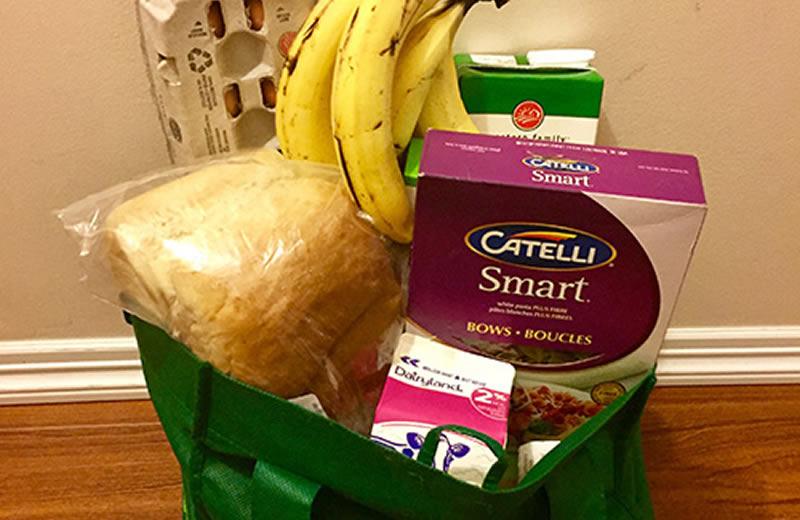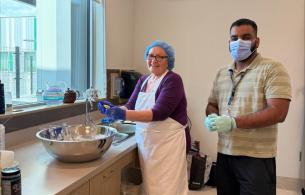Today is World Food Day, a day to promote awareness of food security around the globe. In northern BC, almost 1 in 5 households struggle to afford a basic, nutritious diet. When I first read this statistic, I was shocked. In a country as resource-rich as Canada, how is it that 17% of northerners either don’t have enough food, or worry about running out?
Defining food security
Let’s start by defining food security. Simply put, it is the ability to access enough safe and healthy food, at all times. It includes many things such as:
- Access to food stores and markets
- Access to land to produce food
- Getting enough food to support a healthy life
- Maintaining a healthy food system
But walking through food stores in many northern communities, we don’t usually see empty shelves. If there is so much food available in our stores and markets, how is it that some households worry about running out?
Food security and income
The main reason is that some households do not have enough income to buy food. This is called “household food insecurity” (HFI): when a household worries about, or does not have enough money to purchase healthy food. Since starting my role as food security lead for Northern Health, this has been one of my biggest learnings: household income is the biggest predictor of HFI.
But it’s not just that food can be expensive. Rather, it’s that some household incomes are not enough to support a healthy diet. In fact, households on a fixed income (e.g. social assistance), or who work minimum wage jobs, are at the highest risk of being food insecure. For those on a fixed income, almost half – about 44% – of their income goes to food, compared to 15% of the household income of higher wage earners. This 44% doesn’t include other costs associated with food (e.g. travel to food stores), nor does it include housing and childcare. It’s a tough situation for many households.
Food security is a determinant of health
Given that many households struggle to buy food, it’s no wonder that HFI is a serious public health issue in BC. But why, exactly? To answer this, let’s take a step back and look at what impacts health. There are many things that we don’t often think about, things that go beyond food or lifestyle “choices.” These are social factors, such as where we are born or how much money we make, and they can impact health long before we’re sick. They are often conditions over which we don’t have much control.
Food security’s impact on health may seem obvious: eating nutritious foods can help keep you healthy. But, while this can be true, having enough money to buy food in the first place can have more of an impact on health than food choices alone. In fact, there are many chronic health conditions that are connected to HFI, including mental health.
Addressing household food insecurity
Fortunately, there are many determinants of health that can be addressed through policies and programs. Advocacy initiatives can also inspire change; for example, today is World Food Day, and tomorrow is the International Day for the Eradication of Poverty. Here in BC, one tool we use is monitoring food costs over time, to help determine the household income required to purchase a basic, healthy diet. The Food Costing in BC 2015 report showed that food costs are on the rise. The 2017 data will be available soon; how will the results compare? Stay tuned for the next blog posts in this series:
To learn more about HFI in Northern BC, check out this helpful infographic.














Comments